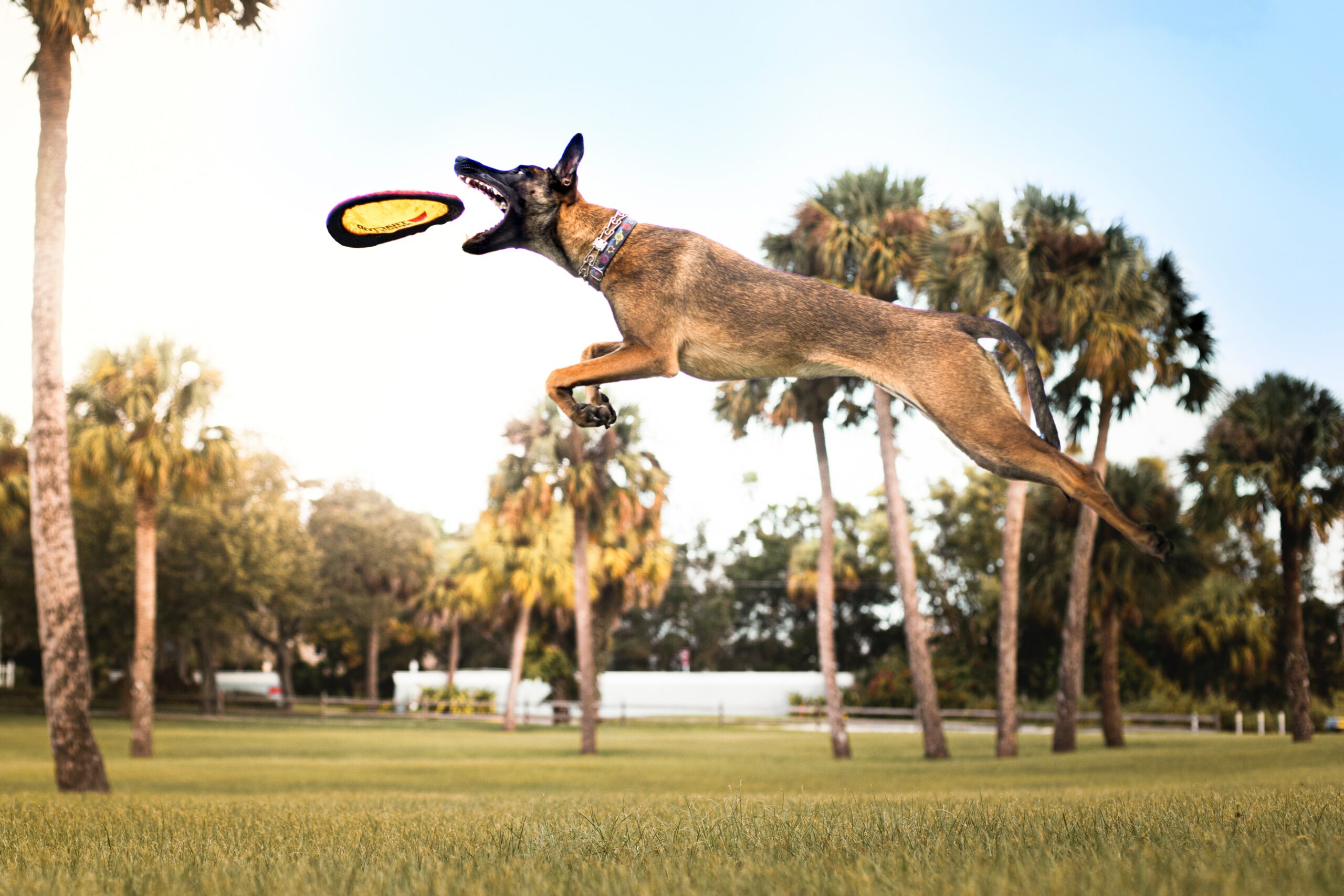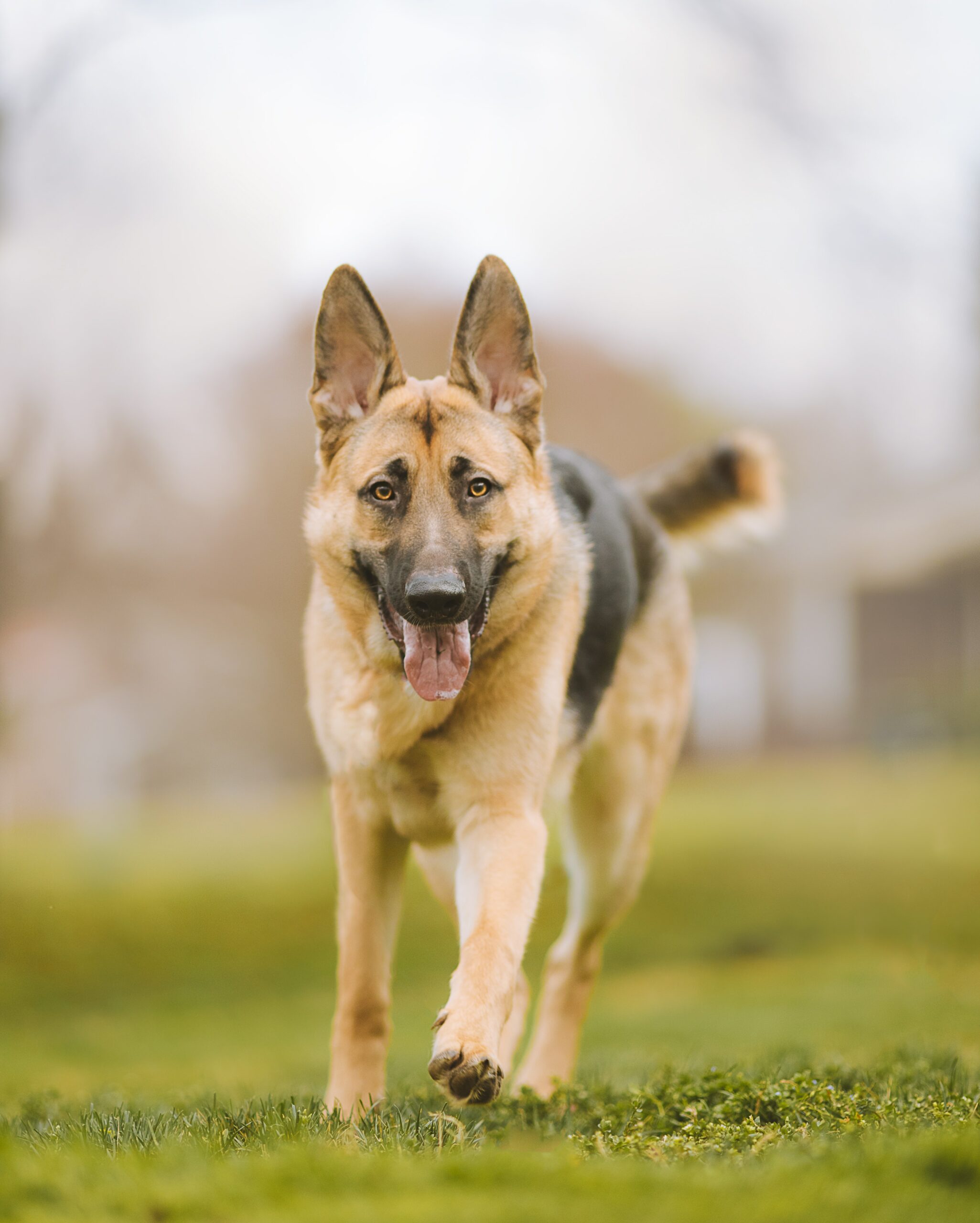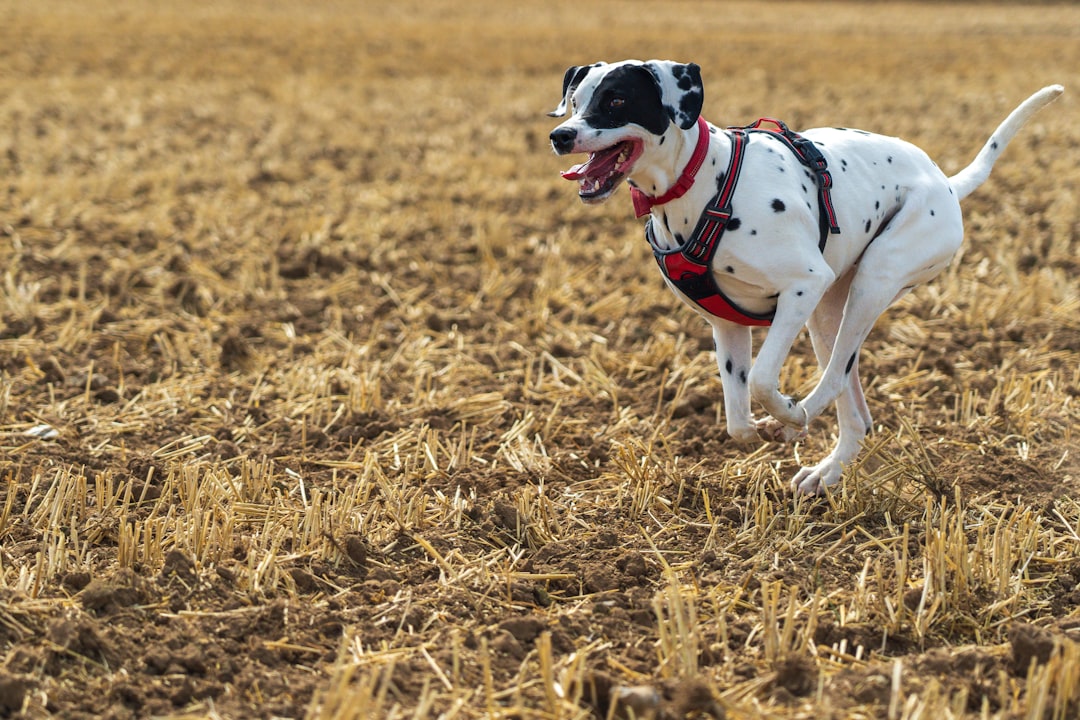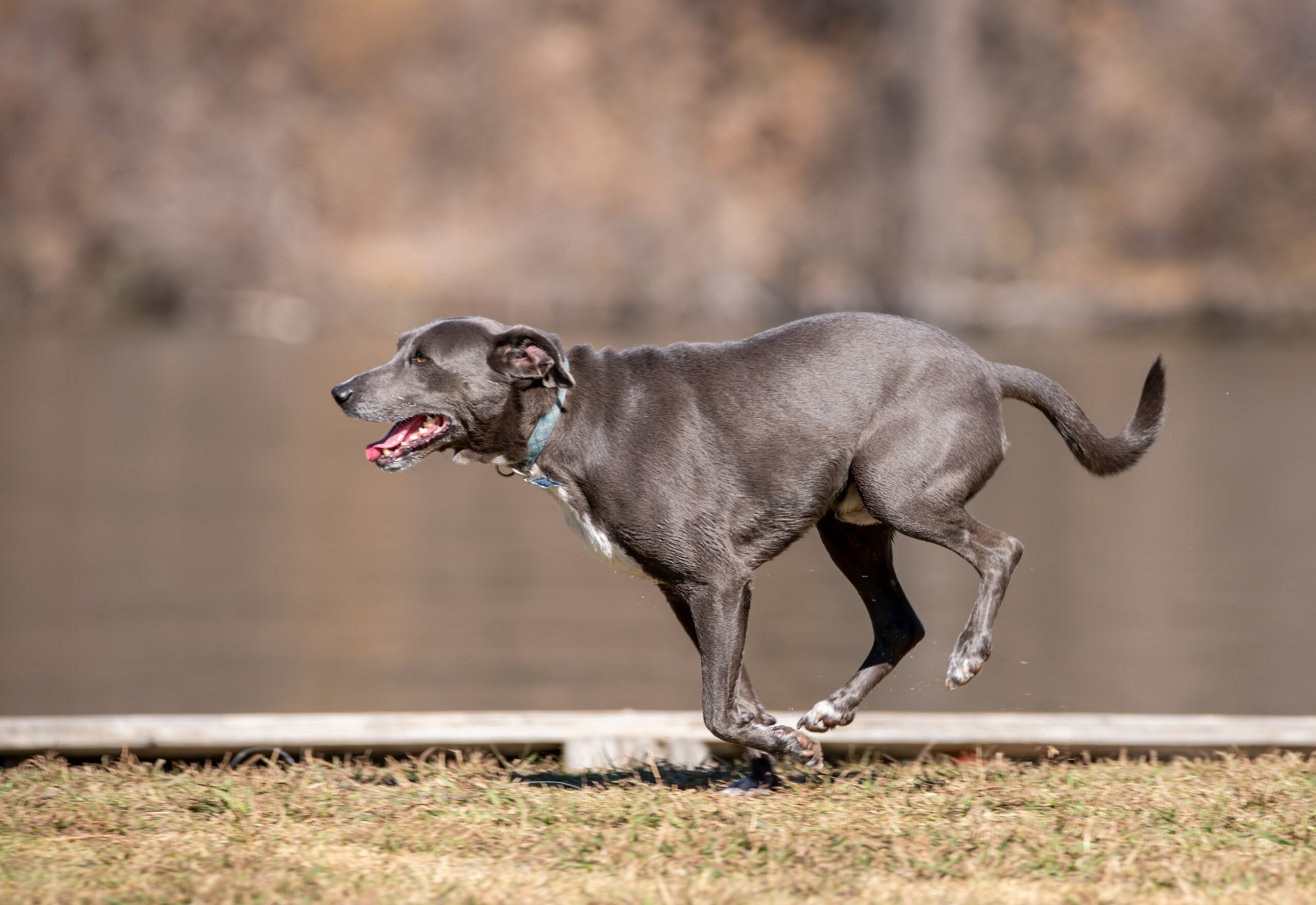- You are here:
- Home »
- Blog »
- Boston Dog Trainer »
- Incorporating Exercise: A Guide to Keeping Your Dog Fit and Happy
Incorporating Exercise: A Guide to Keeping Your Dog Fit and Happy
Incorporating Exercise: A Guide to Keeping Your Dog Fit and Happy
Incorporating Exercise into Your Dogs Daily Routine: Tips and Tricks – Learn how regular exercise can increase your pets lifespan, improve their mental health, and decrease stress levels, as well as discover different types of exercises suitable for pets and how to safely incorporate exercise into their daily routine.

The Physical and Mental Benefits of Regular Exercise for Pets
Regular exercise has numerous physical and mental benefits for pets. Not only can it increase their lifespan, but it also plays a crucial role in improving their mental health and reducing stress levels. For example, taking dogs for regular walks or engaging them in agility exercises can significantly contribute to their overall well-being and vitality. Additionally, integrating exercise into a pet’s daily routine is essential for their physical fitness and mental stimulation. This means that even with a busy schedule, pet owners should prioritize incorporating exercise into their pets’ daily lives to ensure their well-being.
Furthermore, regular physical activities are particularly important for senior pets, overweight dogs, and those with brachycephalic syndrome. For instance, exercise can help slow down the aging process, reduce weight, and increase air flow, which is especially beneficial for dogs with brachycephalic syndrome. These specific benefits highlight the importance of maintaining a consistent and tailored exercise routine for pets, taking into consideration their individual needs and health conditions. Therefore, pet owners should always consider the unique requirements of their pets when planning and implementing exercise routines to ensure their pets remain healthy and happy.
Types of Exercises Suitable for Pets
When it comes to incorporating exercise into your dog’s daily routine, there are various types of exercises suitable for pets that contribute to their physical health and mental well-being. Muscular training, for example, involves activities like resistance exercises and strength training, which not only help in toning the muscles of a pet’s body but also enhance their overall physical health and strength. This type of exercise can include activities such as uphill walking, running on sand, or even using special resistance bands designed for pets. These activities contribute to the overall fitness of the pet and can be tailored to their specific needs and abilities, making it a versatile option for different pets.
Cardiovascular workouts, on the other hand, are specifically designed to increase a pet’s heart rate and get their blood pumping, which in turn promotes cardiovascular health. Activities like brisk walking, jogging, or even playing fetch can help in achieving this goal. These exercises not only improve the cardiovascular system of the pet but also contribute to burning excess energy, reducing stress, and promoting a healthy weight. It’s important to tailor the intensity and duration of these exercises to the specific fitness level of the pet to ensure a safe and effective workout.
Furthermore, agility exercises provide both mental stimulation and physical exercise for pets. These exercises involve activities such as jumping over hurdles, weaving through poles, and running through tunnels. They are not only physically engaging but also require mental focus and coordination, making them a fun and enriching experience for pets. For example, setting up a mini agility course in your backyard or participating in organized agility classes can provide a stimulating and enjoyable form of exercise for your pet. Tailoring exercise activities to the specific fitness level and needs of the pet is crucial to ensure that the exercises are effective and safe, preventing any potential injuries and promoting a positive experience for the pet [2].
Incorporating Exercise into a Daily Routine
Incorporating exercise into a pet’s daily routine can be challenging, especially for pet owners with busy schedules. However, there are several practical tips to ensure pets get the physical activity they need. For instance, pet owners can schedule regular breaks in their daily routine to take their pets for short but effective 10-15 minute walks or runs. This approach helps in ensuring that even with a busy schedule, pets receive the necessary exercise for their well-being.
Another way to fit in exercise with pets is by exploring different environments at nearby parks or trails. Taking pets to a new and stimulating environment not only provides physical exercise but also mental stimulation, contributing to their overall health and well-being. Additionally, pet owners can make exercise a social activity by buddying up with a friend and their dog for fun sprints or relays. This not only provides exercise for the pets but also creates an opportunity for socialization and bonding between the pets and their owners.
Moreover, incorporating fun workouts with pets, such as building an obstacle course for the whole family, including pets, can make exercise more enjoyable and engaging. This not only fulfills the pet’s exercise needs but also strengthens the bond between the pet and the entire family. These creative approaches ensure that pets get the exercise they need, even with busy schedules, leading to improved physical and mental well-being.
In addition to these tips, longer walks, vigorous play, and engaging in dog sports are effective strategies for integrating exercise into a pet’s daily routine. These activities provide pets with the physical exertion and mental stimulation they need to stay healthy and content. Furthermore, utilizing the services of dog walkers, doggy daycares, and providing interactive toys and puzzles are excellent ways to ensure pets receive exercise and socialization opportunities, even when the owners have a busy schedule. These services not only help in maintaining the pet’s physical fitness but also contribute to their mental well-being, making it a holistic approach to pet care.
Ensuring Safety During Exercise
When engaging in physical activities with pets, it is crucial to prioritize their safety to prevent any potential injuries or accidents. For example, when jogging with your dog, it’s essential to ensure that the route is free from hazards such as broken glass, sharp objects, or uneven terrain that could cause harm to your pet’s paws. Similarly, when hiking, it’s important to be mindful of the surroundings and keep a lookout for any wildlife or plants that may be toxic to your furry companion. These precautions can help ensure a safe and enjoyable experience for both you and your pet.
Furthermore, when participating in activities like swimming or dog yoga, it’s vital to consider your pet’s swimming abilities or physical limitations. Not all dogs are natural swimmers, so it’s important to introduce them to water gradually and provide them with a canine life jacket for added safety. Similarly, when practicing dog yoga, also known as Doga, it’s important to choose poses and movements that are suitable for your dog’s size, breed, and physical condition to prevent any strain or discomfort. By tailoring exercises to your pet’s specific abilities and taking necessary safety precautions, you can ensure a positive and secure exercise experience for your beloved companion.
Bonding Through Exercise and Training
Incorporating training into your dog’s exercise routine not only helps to keep them physically fit but also strengthens the bond between you and your pet. By integrating basic commands like ‘sit,’ ‘stay,’ ‘heel,’ and ‘come’ into your daily walks or playtime, you are engaging in a form of mental exercise for your pet while reinforcing your role as their leader and caregiver. For example, during your daily walk, you can incorporate the ‘sit’ command every time you stop at a crosswalk, or practice the ‘stay’ command when you encounter other dogs to reinforce good behavior and build a stronger bond with your pet.
Furthermore, engaging in activities like circuit training, dog agility, and playing frisbee with your dog not only provides them with physical stimulation but also nurtures the human-canine bond. For instance, participating in dog agility classes involves directing your dog through a series of obstacles, such as tunnels and weave poles, while strengthening the communication and trust between you and your pet. Likewise, playing frisbee in the park allows for an interactive and energetic bonding experience, as your dog runs and jumps to catch the frisbee, creating a sense of teamwork and shared enjoyment. These activities not only enhance physical health but also provide an opportunity for shared experiences that deepen the connection between you and your furry friend.
Tailored Exercise for Different Pet Needs
When it comes to tailoring exercise for different pet needs, it’s essential to consider the varying fitness levels and requirements of dogs. For example, puppies may have high energy levels but need exercises that are gentle on their developing joints. Taking them for short walks, incorporating interactive play sessions, and engaging in basic obedience training can provide the physical and mental stimulation they need without putting too much strain on their growing bodies. This tailored approach helps to ensure that they get the exercise they require without risking injury or exhaustion.
On the other hand, overweight dogs may benefit from low-impact exercises that can help them shed excess weight and improve their overall health. Activities such as swimming or gentle walking on even terrains can be effective in supporting weight loss and boosting their fitness levels. Additionally, indoor puzzle feeders can be used to encourage movement and mental engagement, promoting a healthier lifestyle for these pets. By customizing the exercise routine to suit their needs, overweight dogs can gradually build up their stamina and endurance without overexerting themselves.
For pets with joint problems, it’s crucial to provide exercises that are gentle on their joints while still promoting physical activity. This may include activities such as low-impact swimming, hydrotherapy, or short, controlled walks to maintain muscle strength and flexibility without causing discomfort. Moreover, incorporating joint-supporting supplements and a balanced diet can complement the exercise regimen, contributing to the overall well-being of pets dealing with joint issues. By tailoring the exercise routine to accommodate their specific condition, pet owners can ensure that their furry companions stay active and healthy while minimizing any strain on their joints.
Additional Creative Exercise Ideas
In addition to traditional forms of exercise, there are various unique and creative ways to keep your pet physically and mentally stimulated. For example, swimming is a fantastic full-body workout for dogs, especially those who love the water. It’s an excellent low-impact exercise that is gentle on the joints, making it suitable for senior dogs and those with joint problems. Swimming not only provides physical exercise but also offers mental stimulation, as dogs have to navigate through the water, engaging their minds and bodies simultaneously.
Another creative exercise idea is engaging in doga, also known as dog yoga. This practice involves performing yoga poses and stretches with your dog, promoting flexibility, balance, and relaxation for both you and your pet. Doga can strengthen the bond between you and your dog, and it’s a great way to release stress-reducing hormones for both parties. Additionally, incorporating indoor puzzle feeders is an effective way to provide mental and physical exhaustion for pets. These feeders require pets to solve puzzles or manipulate objects to access their food, which not only provides mental stimulation but also slows down their eating pace, preventing digestive issues and encouraging a more mindful approach to mealtime. These unique exercise ideas not only contribute to the physical well-being of pets but also provide mental enrichment, promoting a holistic approach to pet health and happiness.



